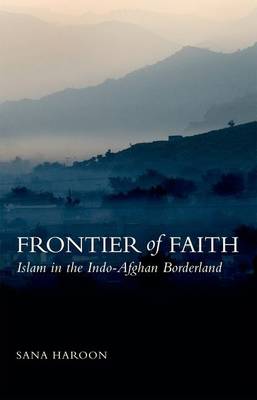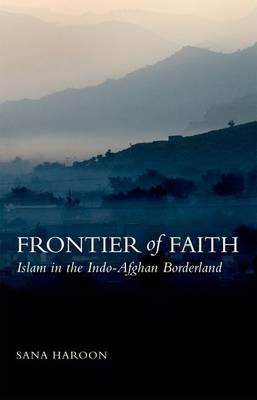
- Afhalen na 1 uur in een winkel met voorraad
- Gratis thuislevering in België vanaf € 30
- Ruim aanbod met 7 miljoen producten
- Afhalen na 1 uur in een winkel met voorraad
- Gratis thuislevering in België vanaf € 30
- Ruim aanbod met 7 miljoen producten
Zoeken
€ 60,45
+ 120 punten
Omschrijving
Sana Haroon examines religious organisation and mobilisation in the North-West Frontier Tribal Areas, a non-administered region on the Indo-Afghan border. The Tribal Areas was defined topographically as a strategic zone of defence for British India, but also determined to be socially distinct and hence left outside the judicial, legislative and social institutions of greater colonial India. Conditions of Tribal Areas autonomy came to emphasize the role and importance of the mullahs operating in the region, and the mullahs jealously protected this administrative alienation. Despite its great distance from the centers of political organization in India and Afghanistan, the frontier occasionally functioned as a military organization ground for both Indian and Afghan anti-colonial activists until independence and partition of the Indian subcontinent in 1947. Thereafter the Tribal Areas maintained status as an administratively and socially autonomous region in both the Afghan and Pakistani national imaginations and cartographic descriptions. The regional mullas continued to contribute to armed mobilizations of national importance in Pakistan and in Afghanistan over the next half century, in return for which nationalist actors supported the mullahs and their personal interest in regional autonomy. This was the hinterland of successive, contradictory jihads in support of Pakhtun ethnicism, anti-colonial nationalism, Pakistani territorialism, religious revivalism, Afghan anti-Soviet resistance, and anti-Americanism. Only the claim to autonomy persisted unchanged and uncompromised, and within that claim the functional role of religious leaders as social moderators and ideological guides was preserved. From outside, patrons recognised and supported that claim, reliant in their own ways on the possibilities the autonomous Tribal Areas and its mullahs afforded.
Specificaties
Betrokkenen
- Auteur(s):
- Uitgeverij:
Inhoud
- Taal:
- Engels
Eigenschappen
- Productcode (EAN):
- 9780199326365
- Verschijningsdatum:
- 22/01/2008
- Uitvoering:
- Hardcover
- Formaat:
- Genaaid
- Afmetingen:
- 3 mm x 3 mm
- Gewicht:
- 4 g

Alleen bij Standaard Boekhandel
+ 120 punten op je klantenkaart van Standaard Boekhandel
Beoordelingen
We publiceren alleen reviews die voldoen aan de voorwaarden voor reviews. Bekijk onze voorwaarden voor reviews.











